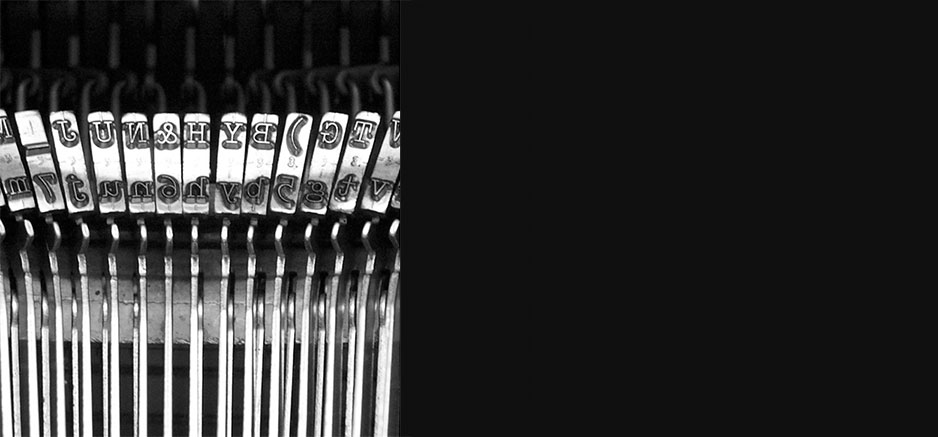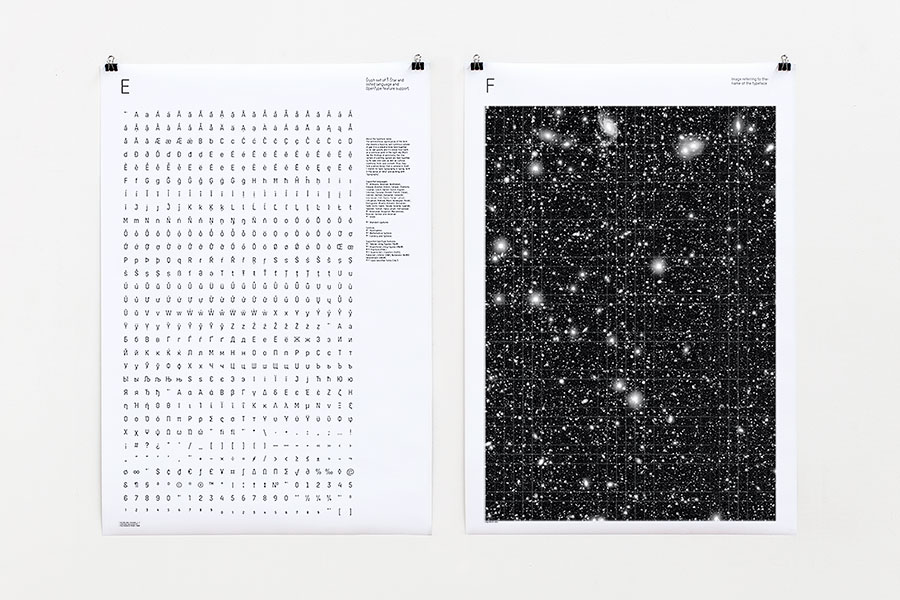The starting point was a monospace version of the typeface, developed for the book index of ‘Los Logos’ in 2005. Later on, a proportional typeface was advanced based on this monospace version. The narrow drawn letter forms are still recognizable and characteristic for T-Star. The consideration of the aspect of typography as two-dimensional architecture was very important as approach in the developing process of T-Star. The spaces where organised and structured in a simple graphical way following an ideological concept. It was the aim to arrange the typographical elements clearly to get well recognisable and characterful letter-forms.
T-Star’s features include low-contrast, uniform line width, laterally flattened, round basic form, as well as cut-back ascenders and descenders. According to a construction kit the elements straights, diagonals and curve-segments, were combined and arranged on a basic grid. Where predetermined sy stems proved unsatisfyingly, shapes were interpreted intuitively, but stringently. The result is a plain, technical style typeface that is slender in its proportions and highly economical when it comes to the space taken up by body text. It’s appearance is marked by openness and individual characters show surprisingly unconventional features.










